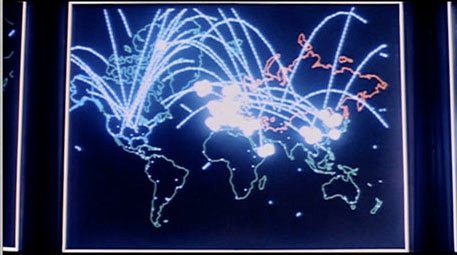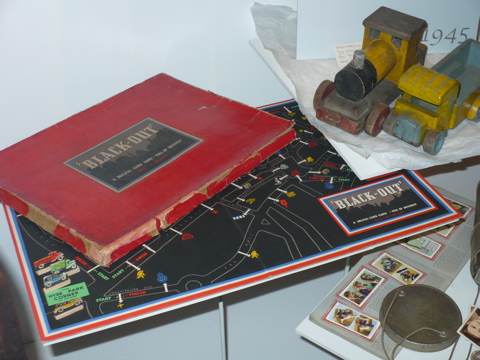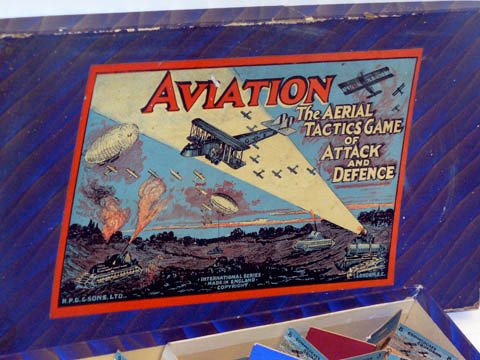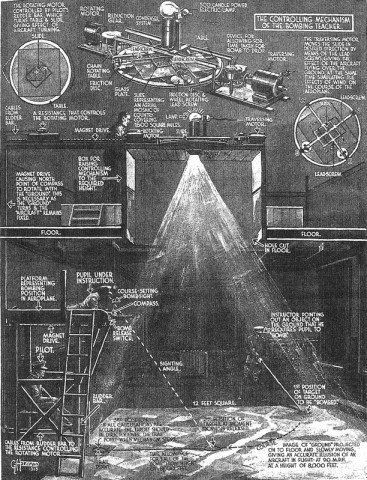Acquisitions
Joseph Miranda. First Battle of Britain. Decision Games, 2009. A wargame, not a book, included with Strategy & Tactics 255. The German air offensive against Britain in 1917 and 1918. The German player raids British cities and tries to damage civilian morale; the British player tries to intercept the raiders and bomb their aerodromes. It’s […]





